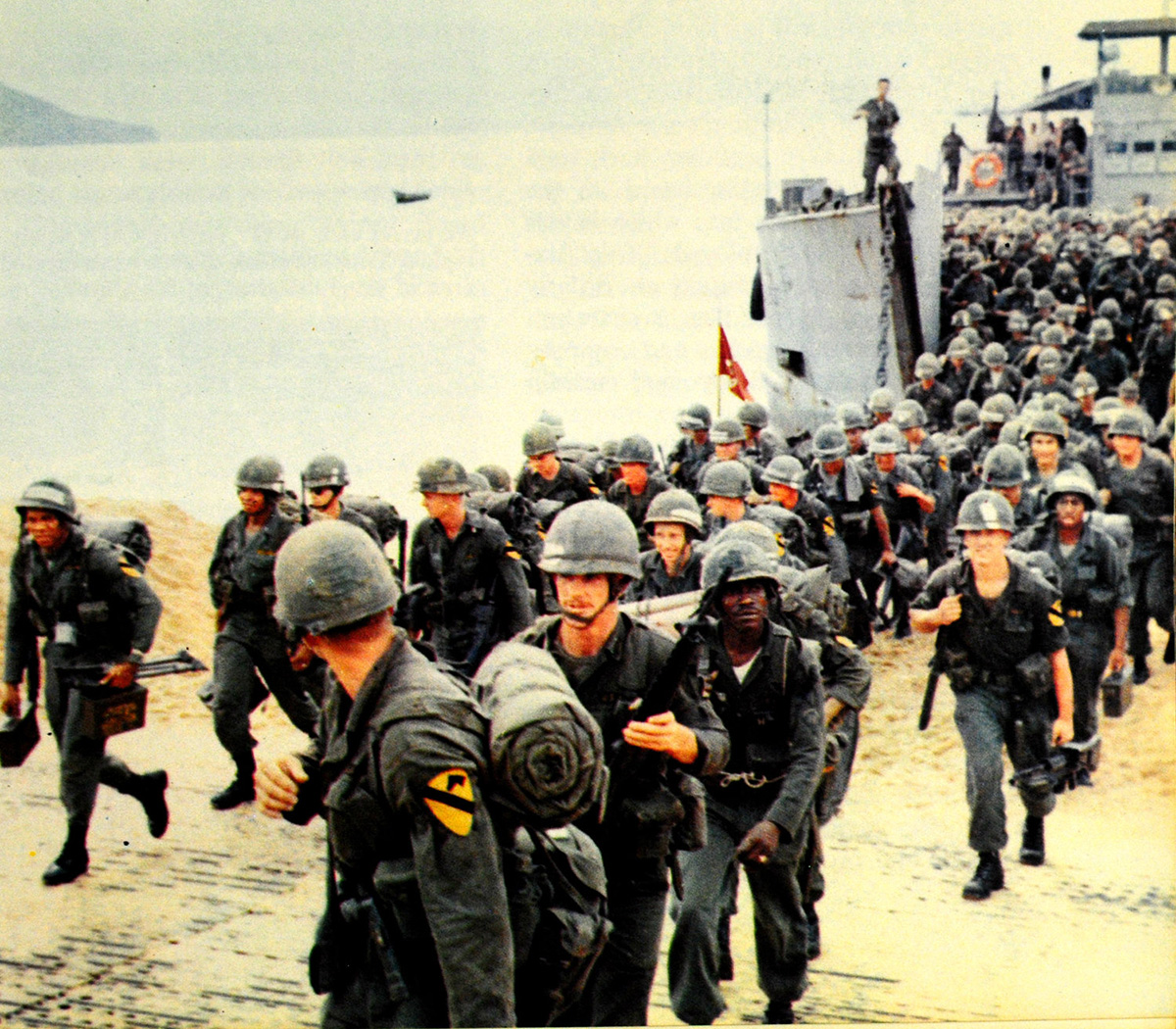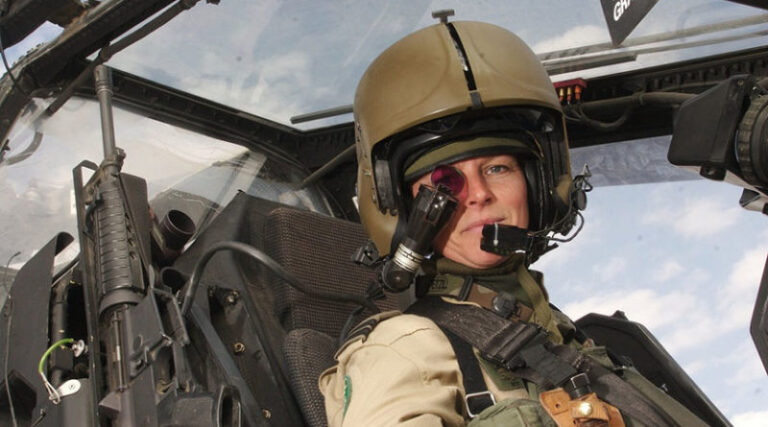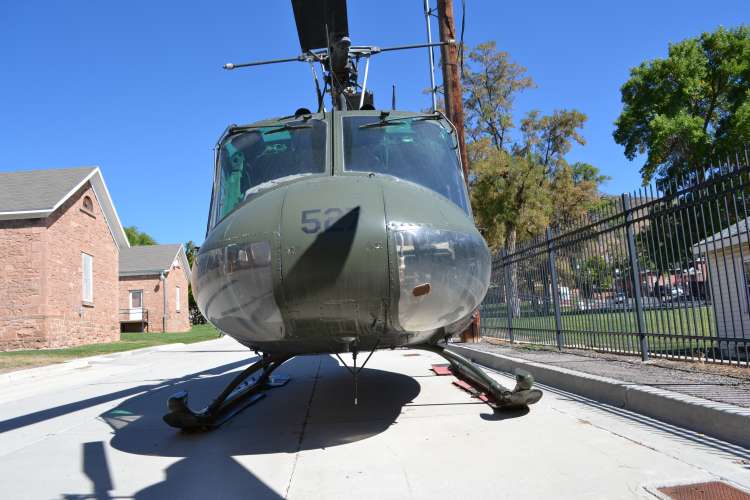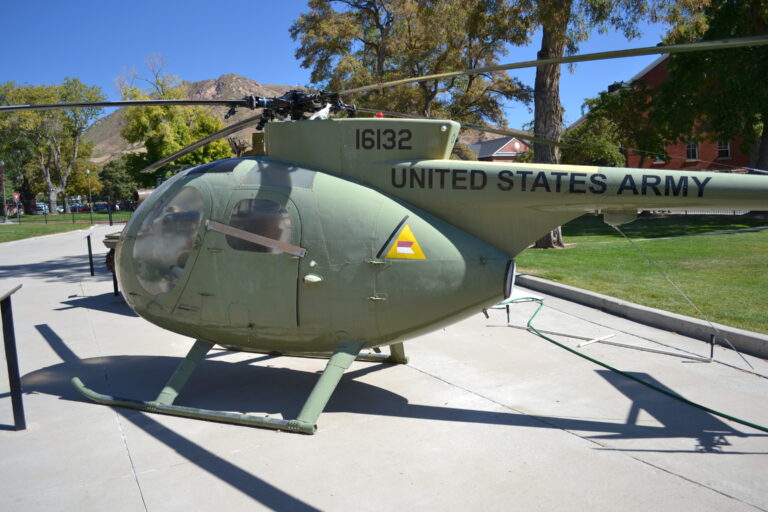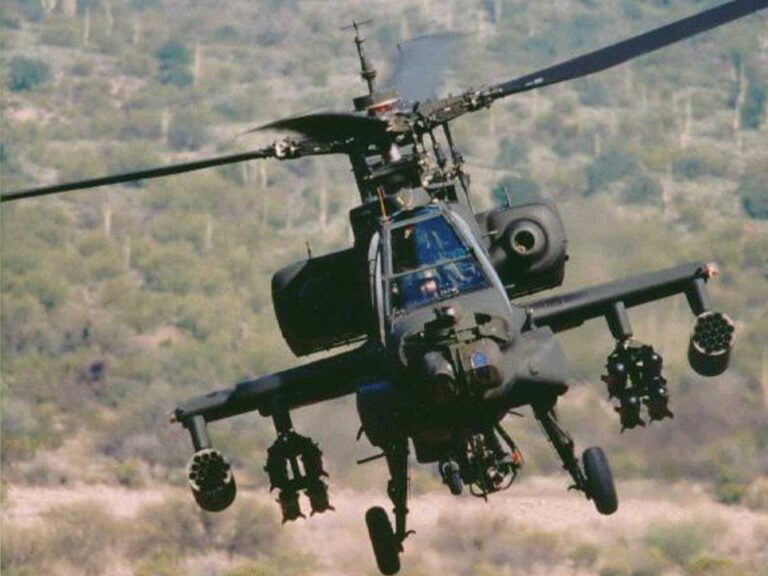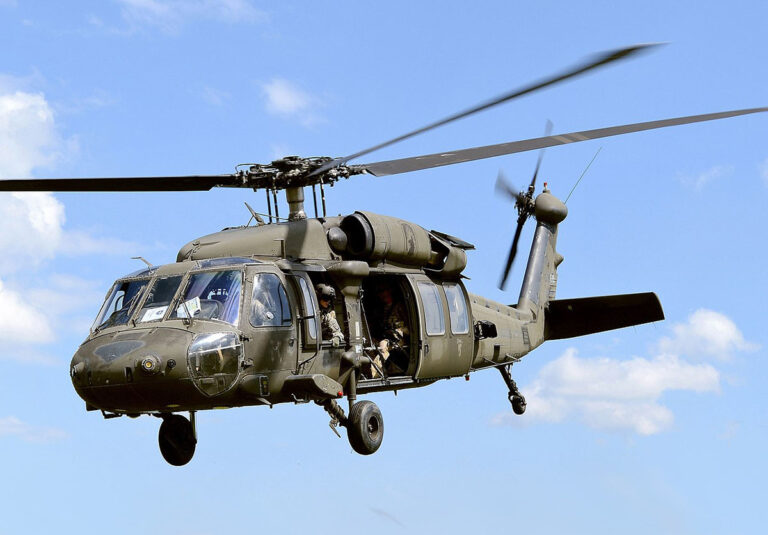Hueys in Vietnam: The Ascendancy of Air Cavalry
The Vietnam War witnessed many technological advancements, but none as significant as the ubiquity of the Bell UH-1 “Huey” helicopter, especially within the ranks of the 1st Cavalry Division (Airmobile).
A New Dawn in 1965
On July 1, 1965, as the 1st Cavalry Division made its mark, the Huey became the backbone of aerial operations. This helicopter wasn’t just about transportation; it symbolized a shift in military tactics, emphasizing speed and agility over traditional infantry movements.

The Power Combination
A synergy was observed when Hueys operated alongside Bell OH-13 scout helicopters, UH-1B transports, and UH-1C gunships. This integration provided multi-faceted capabilities, from reconnaissance to direct engagement, which significantly enhanced the division’s combat effectiveness.
Facing Unprecedented Warfare
While the majority of the US Army comprised young, inexperienced draftees, they had a trump card – their Huey-backed mobility. This aerial advantage, unfamiliar to the seasoned NVA, leveled the playing field and often provided strategic surprises that tilted battles in favor of the US.
Ia Drang Valley: Helicopters Redefine Warfare
An Khe, by late 1965, wasn’t just a base. It symbolized the largest congregation of aerial might in history with 450 Huey helicopters. In battles like those in the Ia Drang Valley, the NVA, despite their ground intelligence, were caught off-guard by the unpredictability and rapid deployment capabilities of the Hueys.
Upgraded Arsenal
It wasn’t just speed; it was firepower. The newer UH-1Cs came equipped with formidable weapons like the “Thumper”, a menacing 40mm grenade launcher, and the M21 system, which combined rapid-firing miniguns with rocket launchers. The sight of these Hueys wasn’t just demoralizing for the enemy; it changed the very definition of aerial warfare.
Huey’s Evolution and Widespread Adoption
Bell wasn’t complacent. With each year, new and improved Huey versions emerged. By 1966, their dominance was evident with 1,800 Hueys operating in Southeast Asia. The UH-1H, particularly, with its larger capacity and dual pilot system, became an icon of the Vietnam conflict.
Undaunted Valor: An Assault Helicopter Unit in Vietnam, 1969-1970
A breathtaking adventure to experience the white knuckle moments of flight in Vietnam. Through a raw and vivid narrative of this true historical novel you experience first hand the experience of learning to fly and develop into a proficient combat helicopter pilot.
I have read this book twice and it still kept interested and intrigued. A bit teary eyed at the end both the first time I read it as well as the second. -Kikki
Beyond the Army: Marines and Navy
The Army’s siblings weren’t left behind. The Marines, realizing the potential, transitioned to the more modern UH-1E Hueys, employing them in various roles from troop transport to direct engagement. The Navy, on the other hand, leveraged older Huey models, proving invaluable in specialized riverine warfare operations.
Global Huey Adoption
The Huey’s effectiveness wasn’t just a US military secret. The South Vietnamese Air Force made a notable shift to UH-1H Hueys by 1969, enhancing their aerial capabilities. Meanwhile, allies like Australia and South Korea, recognizing the strategic advantage, integrated Hueys into their combat operations, further solidifying the helicopter’s legacy in the annals of military history.
Related Articles
- Hueys in Vietnam: The Ascendancy of Air Cavalry
- The Huey Helicopter’s Role in the Final Chapters of Vietnam
- The Bell UH-1 Huey Helicopter
- Harnessing the Huey: The Emergence of Tactical Air Mobility
- The Huey Helicopter and the Helicopter War
- The Huey Helicopter as a Medevac in Vietnam


